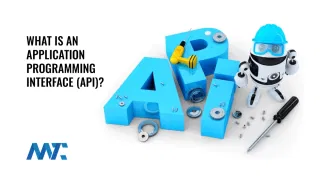The virtual machine component of Microsoft’s .NET framework, responsible for managing the execution of .NET programs. It provides a managed execution environment where code is compiled into an intermediate form and then executed with the help of the runtime, ensuring security, memory management, and cross-language integration.
At its core, the CLR acts as the execution engine for applications written in languages such as C#, Visual Basic .NET, and F#. When developers compile code, it is translated into Microsoft Intermediate Language (MSIL or IL). The CLR then uses a Just-In-Time (JIT) compiler to convert this IL into native machine code that the host operating system can execute. This two-step process enables .NET applications to run across different architectures while maintaining efficiency and flexibility.
Key Features of CLR
- Memory Management: The CLR automates memory allocation and garbage collection, freeing developers from manually handling memory and reducing issues like leaks or dangling pointers.
- Type Safety and Security: It enforces strict type checking, ensuring that objects are used correctly. It also provides a security model that helps protect systems from malicious or unsafe code.
- Exception Handling: CLR provides a structured way to detect and handle errors consistently across different .NET languages.
- Cross-Language Interoperability: Since all .NET languages compile into the same intermediate language, the CLR allows code written in one language to interact seamlessly with code written in another.
- Thread Management: It manages execution threads, supporting asynchronous operations and parallel execution.
- Platform Independence: Applications targeting the CLR can run on any system with a compatible runtime, enhancing portability within the .NET ecosystem.
CLR vs. Other Runtimes
The CLR is often compared to the Java Virtual Machine (JVM). Both serve as runtime environments that convert intermediate code into machine-executable instructions while handling memory and security. However, CLR’s strength lies in its tight integration with the broader .NET framework and its multi-language support, enabling developers to use the best-suited language for different parts of a project without losing compatibility.
The CLR remains central to .NET’s success because it abstracts away many low-level details of application execution. Developers can focus more on business logic rather than infrastructure concerns, knowing that the runtime will handle memory, performance optimization, and security. With the evolution of .NET into .NET Core and now .NET 5 and beyond, the CLR has also adapted to support cross-platform development, cloud-native applications, and containerized environments.
Example CLR in Practice
A simple C# program like:
using System;
class Program
{
static void Main()
{
Console.WriteLine("Hello, CLR!");
}
}This is first compiled into IL code. When executed, the CLR translates the IL into machine code suitable for the system’s CPU and executes it, handling all background tasks such as memory allocation for the Console object and cleanup after execution.
